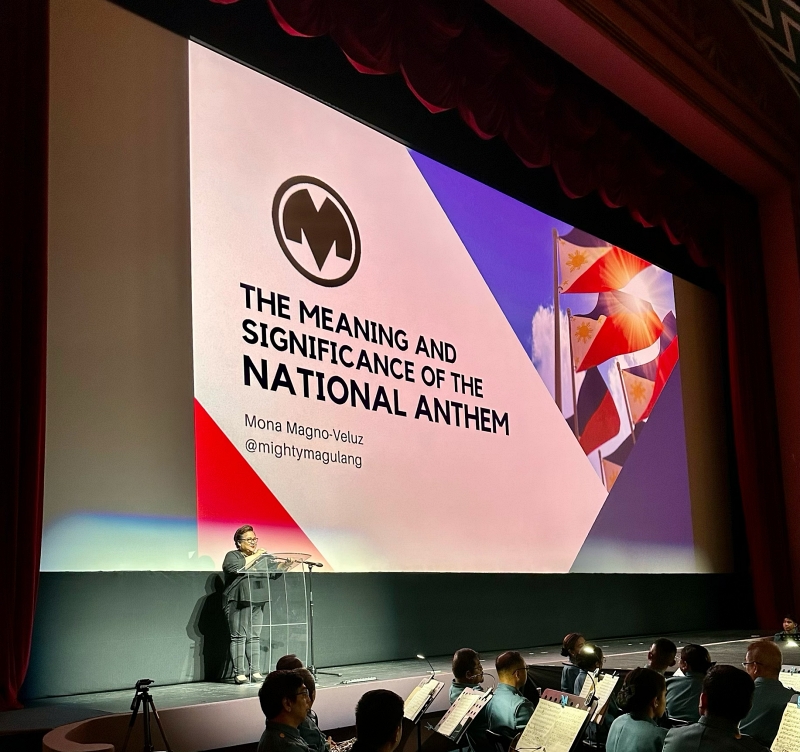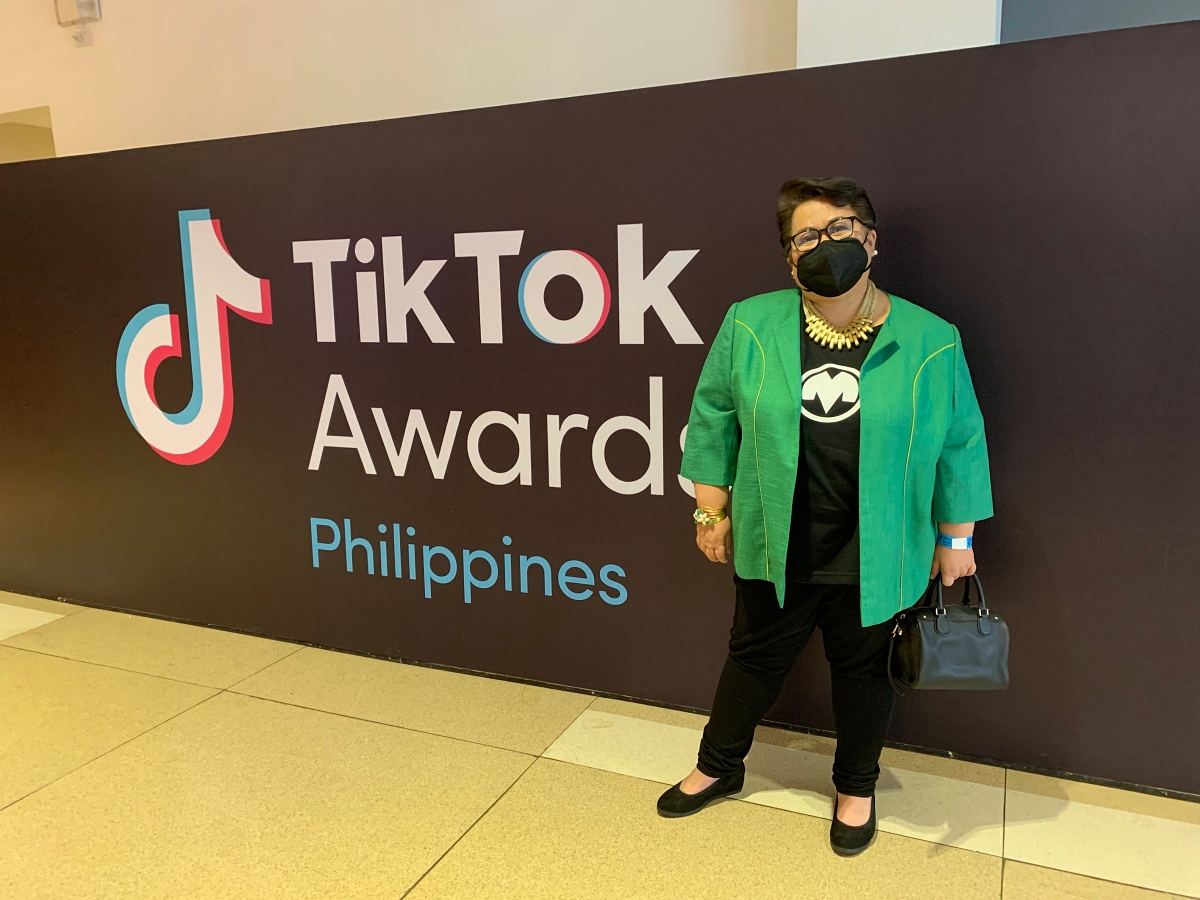Teach them history in the way they learn best
“Kaka-TikTok ‘yan” is a common commentary for young people coming up short of traditional expectations of intelligence or skill.
But my alter ego, Mighty Magulang, a digital genealogy Yoda of sorts, has seen firsthand how powerful short-form video platforms can make history education more accessible and engaging for a generation with supposedly shorter focus.
Technology, a distraction
Isn’t it ironic how technologies designed for multi-tasking are making it difficult for technophiles to stay focused on one thing for long? Digital media has ushered in an era where we are constantly bombarded with notifications from our phones, tablets, computers, watches, billboards, and even home appliances.

I am thankful for the long lectures, research papers, and textbooks—the centerpiece of my student life three decades ago—as they prepared me for my vocation as an adult. I will never insist, however, that this is the only way for the next generations to learn. The world has changed. Students have evolved. The dream jobs of today did not exist when I was dreaming of mine.
Are the traditional learning methods losing in the race with the interactive, visually engaging alternatives the youth consume on their smartphones daily and by the millions? How can we make genuine erudition interesting for today’s learners? The answer lies in the very platforms that are seen as distractions: social media.
EDUtainment, a genre
Social media is more than just a tool for entertainment; it’s a powerful platform for education. Digital platforms like Facebook, Instagram, X, Threads, and TikTok are no longer just for selfies and viral dances. They have launched lucrative careers for performance artists. They bring in millions for small businesses breaking out in niche markets. And they are tools that can bring knowledge to life in a way that resonates with young people.
I am aware that education through social media often runs the risk of oversimplification and misinformation. The fast-paced nature of social media content creation can sometimes spread myths and inaccuracies when research is deficient. It is upon creators like me to balance accuracy and brevity, and the viewers to approach content critically.

Balancing engagement with depth is another challenge. While bite-sized content is effective for capturing attention, creators must encourage deeper exploration over superficial understanding. Prompting viewers to research further can help maintain this balance.
History, reimagined
I can see a “green field” on the horizon. The potential for social media in history education is immense. For example, emerging technologies like augmented reality, virtual reality, and artificial intelligence are poised to revolutionize how we experience history. Imagine virtual tours of pre-colonial kingdoms, interactive reenactments of the Philippine revolution, or conversations with patriots of the past—all from the comfort of our homes.
By meeting young learners where they are—on their screens—and teaching them in the way they learn best, we can bring history and truth closer to them than ever before.
Collaboration between historians and content creators can enhance the quality and reach of historical content. Historians can provide the necessary expertise to ensure accuracy, while content creators can leverage their platforms to engage a broader audience. These partnerships create a powerful synergy, combining academic rigor with the engaging nature of social media. We have to kick down the doors that separate academics and students from experts with deeper lived experiences and communicators who can bridge the divide.

By making history accessible, engaging, and relevant, we can create a more historically informed and digitally savvy generation. While challenges exist, the benefits far outweigh the drawbacks.
Embracing social media as a complementary tool in teaching history is not just a trend; it’s a necessary evolution. By meeting young learners where they are—on their screens—and teaching them in the way they learn best, we can bring history and truth closer to them than ever before.
Jowain natin ang kasaysayan. Let us swipe right and make our vibrant past a part of our digital present.


